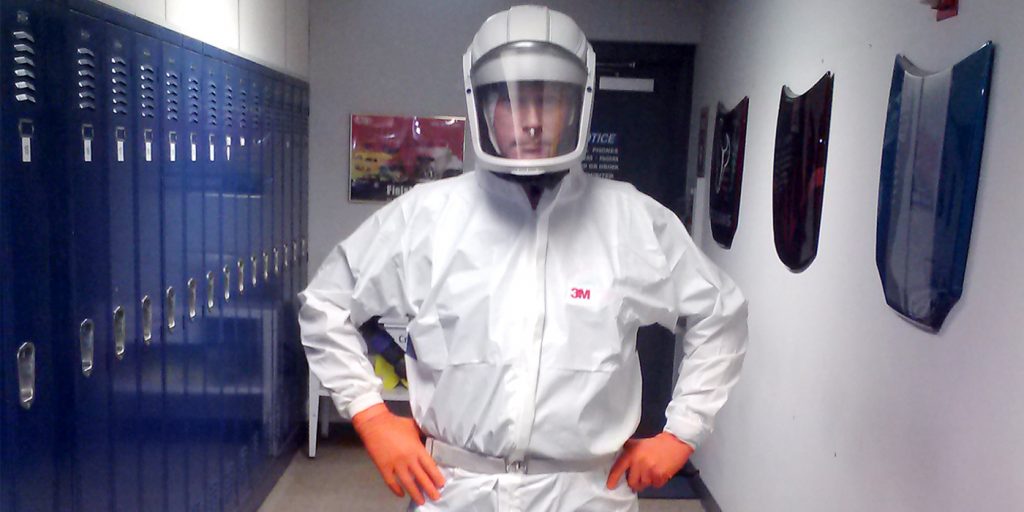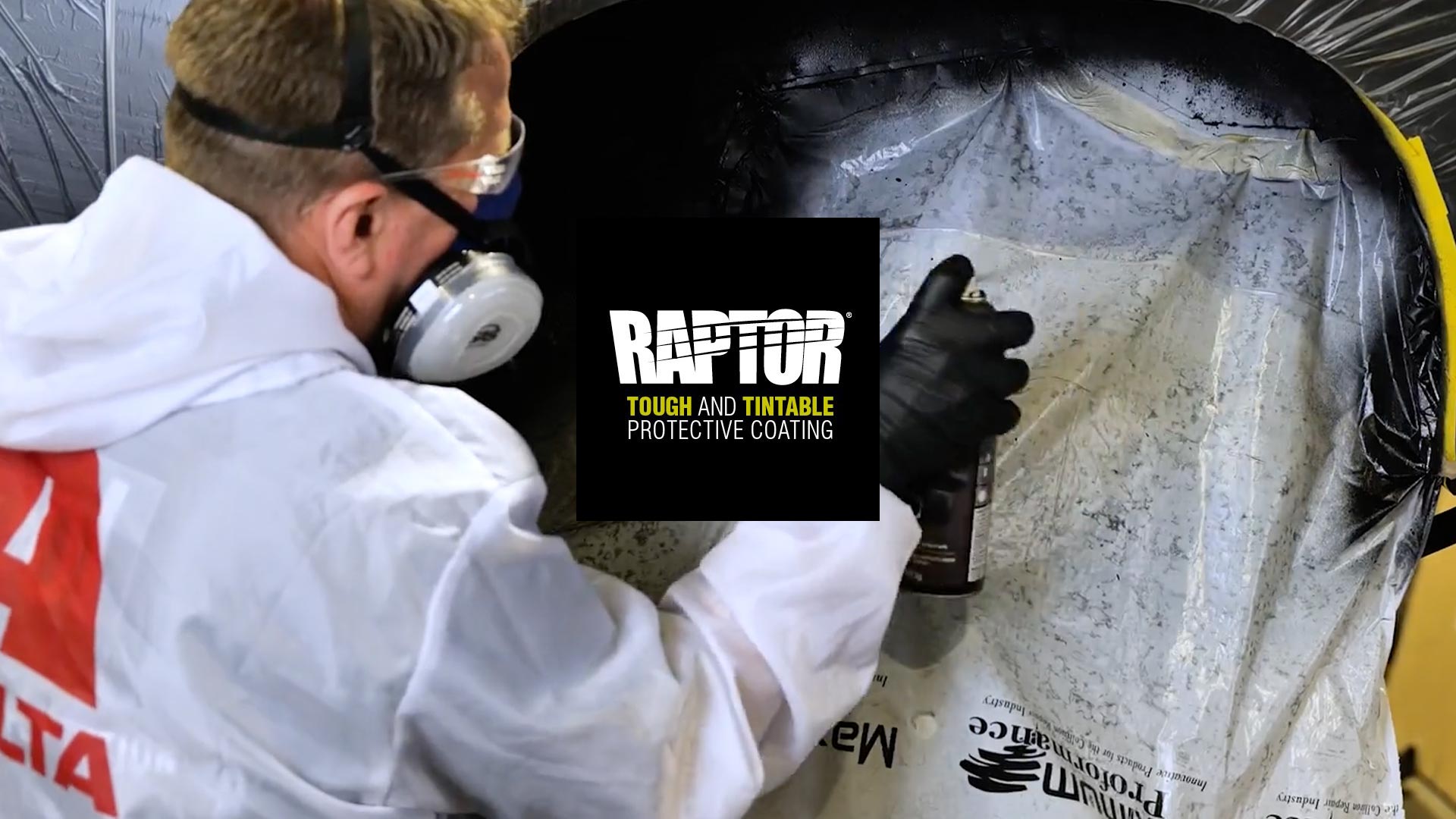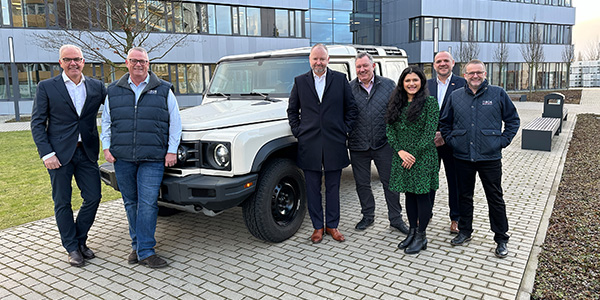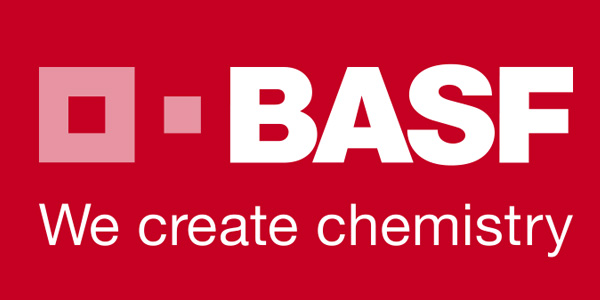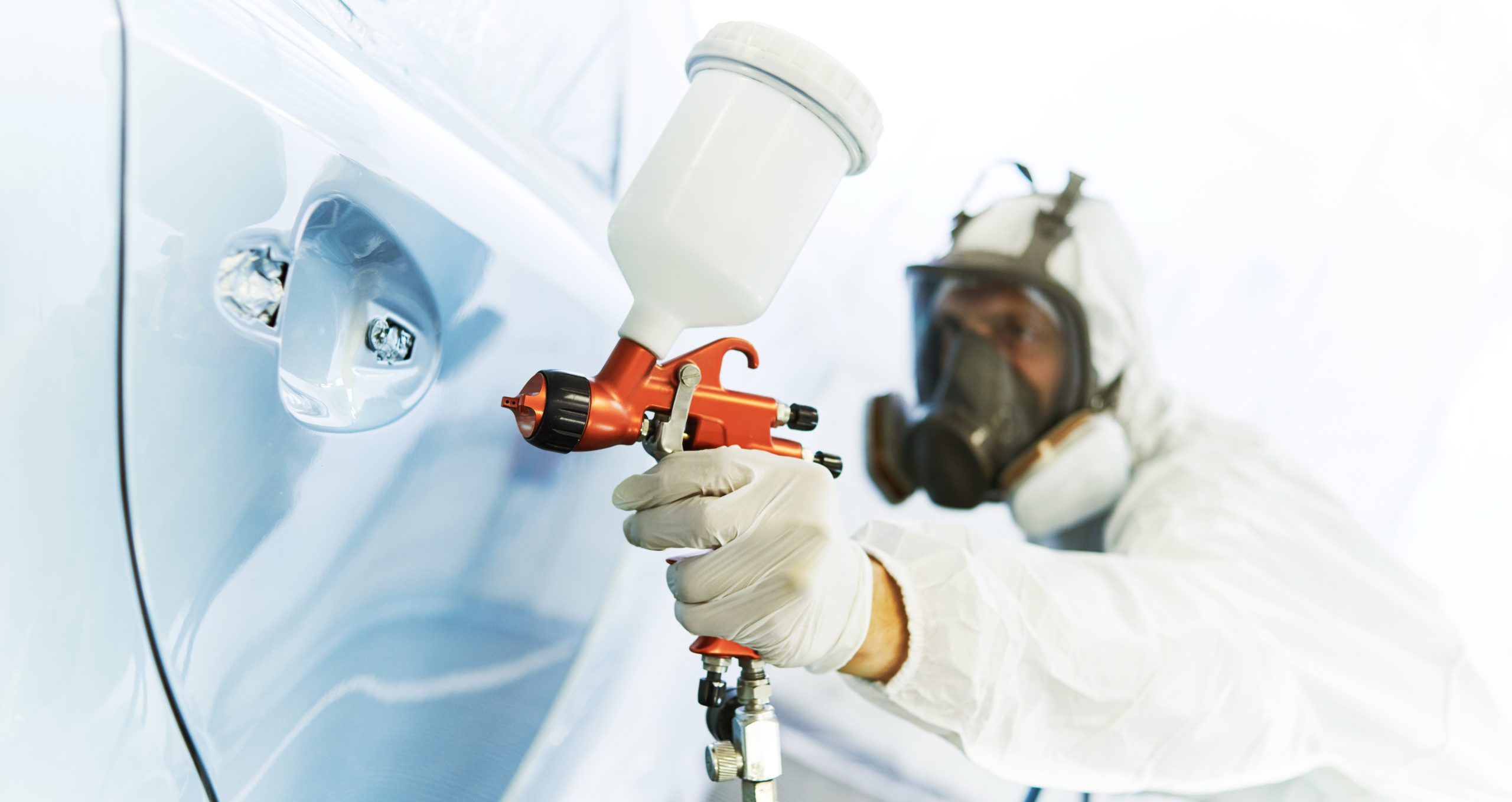After the COVID-19 outbreak, there was a frantic gathering of supplies. Toilet paper and hand sanitizer, then, predictably, rice and beans, became increasingly harder to find. And then, as additional news of how to guard against the virus became available, the general public learned a new acronym that has been with many industries, including ours, for decades: PPE, or personal protective equipment.
The current social protocols for PPE are nothing new for body shops in general, and paint shops specifically. Due to the hazardous and toxic nature of much of the body and paint shop’s inventory, protecting oneself is mandatory. Unfortunately, many a youngster over years past chose to view much of it as trivial and unimportant and ignored it. We’re at a time these days where a heightened sense of self-protection has been brought to the forefront and, I believe, can be leveraged to reinforce the importance of PPE in the shop. Let’s compare some of the crossover items.
PPE: A List
Paint suits. Most of us are not wearing HAZMAT suits, except perhaps some health care workers on the front lines, but everyone painting in the booth should be protecting themselves with a paint suit. I submit that even the guy priming vehicles should be wearing a suit. A paint suit isn’t just for a cleaner job; it protects the painter.
Face masks. Many of us are wearing an N95 or equivalent face mask while in public; everyone in the shop should be at a minimum wearing a dust mask while sanding/prepping operations are going on. Even with dust extraction systems in some shops, it is a good practice to use respiratory protection any time in the shop.
Eye protection. Some of us are wearing safety or corrective glasses, which assist in shielding our eyes from foreign matter. Goggles and face shields are even more effective. Everyone in the shop should have eye protection on, and anyone spraying any product containing isocyanates should have either a tight-fitting, full-face mask or a positive pressure hood as isocyanates have an affinity for moisture and can enter the body through the eyes.
Gloves. Some of us are wearing latex or nitrile gloves when in public, particularly when handling common-area items such as shopping carts; everyone engaged in mixing or applying any product in the shop, along with cleanup activities, should be gloved up. Additionally, anyone handling or driving cars in the shop should be wearing gloves.
Hearing protection. While I don’t believe earplugs have been recommended for COVID-19 protection, I’ll slip in here that everyone in the shop should be wearing hearing protection as it is the No. 1 injury in every shop – and it goes unreported due to its cumulative nature.
Sanitizing Vehicles
An additional new line item to be added to the estimate these days is “sanitize vehicle.” As long as everyone is wearing their gloves when inside vehicles and moving them, then no contamination to or from the driver or vehicle is realized after the initial sanitizing. It’s probably prudent to perform a post-detail sanitization as well.
Mitigation Matters
If we all observe the recommended practices to mitigate the spread of the virus, we can expect to be back to work in a fuller capacity as shelter-in-place orders are lifted and we’re once again back to normal stocking levels of toilet paper and beans.
Carl Wilson has over 30 years in the industry as a painter and technical rep. He can be reached at [email protected].

